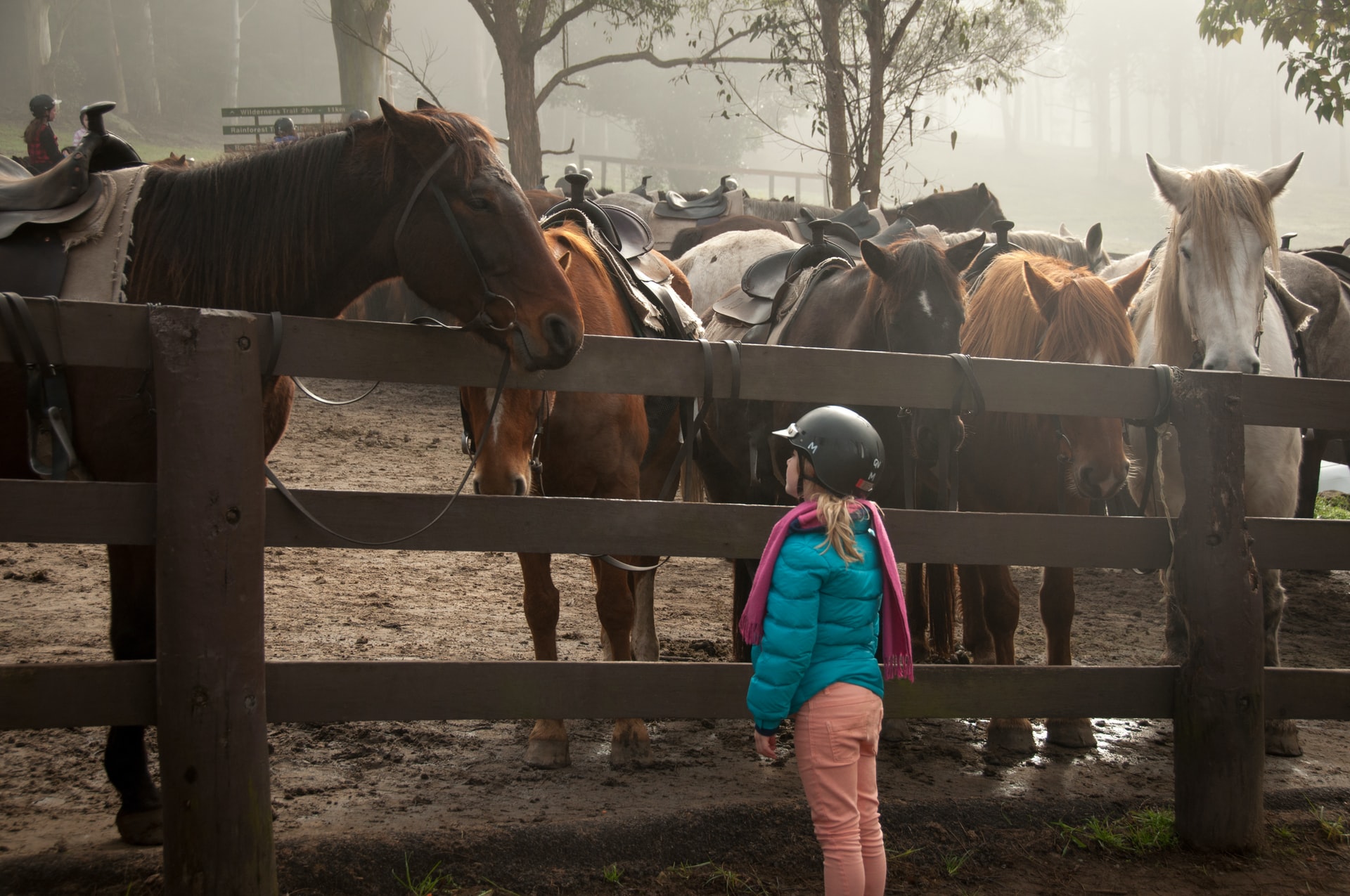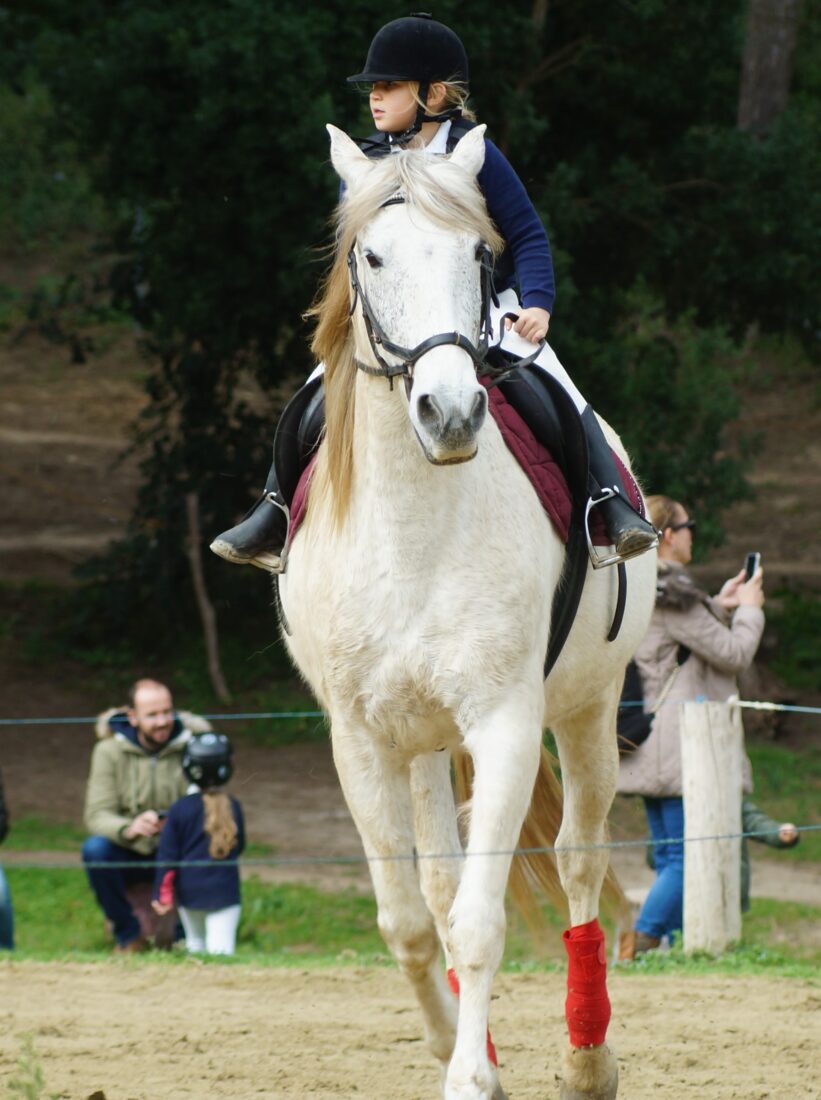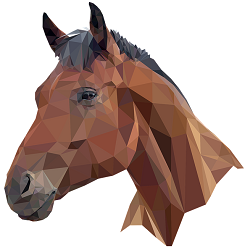
As with any sport, children’s riding clothes should be comfortable, practical and well chosen. Therefore, it is important to know the characteristics and some of the nuances of the rider’s outfit.
The main objectives of riding equipment are comfort and safety. For small riders, protection during training is especially important and therefore saving by buying a helmet and waistcoat is not worth it. It’s better to choose a reliable and high-quality model with the possibility of size adjustment.
Clothes for the first class
Beginning riders are often advised to find more or less appropriate clothing in their wardrobe for their first riding lessons. This will help to avoid discomfort and repercussions during the ride while most of the lesson is theory and pacing exercises.
What clothes should I prepare for my child’s first riding lesson?
Apparel
Usually breeches with a special insert – a lei – are used for riding. But you can replace the breeches with lycra, leggings or tight-fitting sports trousers. The main thing is that there are no thick inner seams, which may cause discomfort to the child while riding and chafe in the skin contact area. The material of the trousers must be elastic but not slippery.
Of course, no skirts or shorts. Only trousers should be worn on your legs!
In summer, your child should wear a comfortable shirt or T-shirt made of light, breathable fabric. Ideally, shoulders and arms should be covered – this prevents skin from burning and also protects against scratches if the child falls. In colder seasons it is advisable to choose a loose fitting jumper, a warm waistcoat or a short jacket that will protect the lower back from being blown out when seated, but will not interfere with the riding and climb between the saddle and the rider.
Shoes
Riding boots or boots and shin guards (special shin guards) are usually worn for riding. But before you buy professional shoes for your child’s first lessons, you can find suitable ones in your child’s wardrobe. Initially sports shoes like trainers or sneakers are acceptable. If your child has rubber boots, these are also acceptable. The main thing is that there should be no zips, laces or other protrusions on the inside of the shin that might irritate the horse’s side
Accessories
Don’t forget to prepare gloves. They will help protect your child’s hands from the sun, frostbite and freezing temperatures. Gloves will also make it easier to hold the reins firmly and prevent them from slipping.
If possible, we recommend that your child wear riding socks from the first lesson. They will add to their comfort as they will not roll around under the boots or gaiters will protect the skin of the feet from sand, sawdust or hay.
Protective equipment
A helmet and safety waistcoat are the most important pieces of equipment for any rider. They should be worn by your child from the very first equestrian experience. Their main purpose is to cushion and absorb shocks, thereby protecting the head and back (including the spine) in the event of a fall. That is why no reason can be good reason for neglecting protection. Better to let your child ride for years in a helmet and waistcoat that will never be used than to have one unfortunate fall and suffer a serious injury that could have been avoided.
Clothes for regular exercise
But if this is not the first time your child has ridden and he or she is convinced that he or she wants to master the art of riding to perfection, it is essential to equip him or her with special equipment.
Riding clothes for children do not differ much from those for adults. But there is an important nuance: children grow, sometimes dramatically and disproportionately. To avoid having to renew their equipment every few months, it is worth consulting an expert before making a purchase.
The most important items in a wardrobe are safety gear and footwear! You should never save money when choosing them. But that doesn’t mean you have to renew them every six months.
Riding shoes
Riding boots and footgear are the most practical footwear option for the little rider. The main advantage is that, depending on the situation, you can always replace the demi-season boots with insulated winter boots, and the leggings can be adjusted to fit a growing foot. In addition, a set of boots and leggings will cost much less than boots, and the choice of models and colours is much more diverse.
The key points:
- a flat sole,
- a low, well-defined heel with a height of 1-2 cm,
- high-quality, thick leather.
Such shoes will protect your feet from shin chafing.
Equipping for protection
The most important thing is a protective helmet. In safety terms, it must be worn even if just leading or starting the horse. The helmet must be:
- strong and sturdy,
- and must be able to withstand the impact of a blow,
- fit snugly on the head, not pressing or bouncing around.
To protect the back and lower back from draughts, your little rider should wear a riding waistcoat – from a thin quilted waistcoat to an insulated winter vest. They do not restrict the rider’s movements during training and are designed to keep little horse lovers healthy.

Clothes
Children’s riding clothes add comfort and confidence to young riders. Quality breeches with the right model and size will be the most comfortable option for riding in the saddle. Special riding breeches have a fabric or suede insert (lea) on the inside of the thigh. The lea can be knee-high or full-thickness. This improves grip on the saddle surface and your child won’t feel uncomfortable in any way.
Considering the vigorous physical activity, it’s worth taking care of comfortable, breathable clothing on your child’s body. Whatever the weather, short- or long-sleeved polo shirts made of fabrics with qualities such as thermo-regulation and moisture wicking are the best choice.
And of course, a young rider needs two sets of riding gloves: a summer and a winter version. They are necessary to protect the hands. They also help them to hold the reins more firmly.
